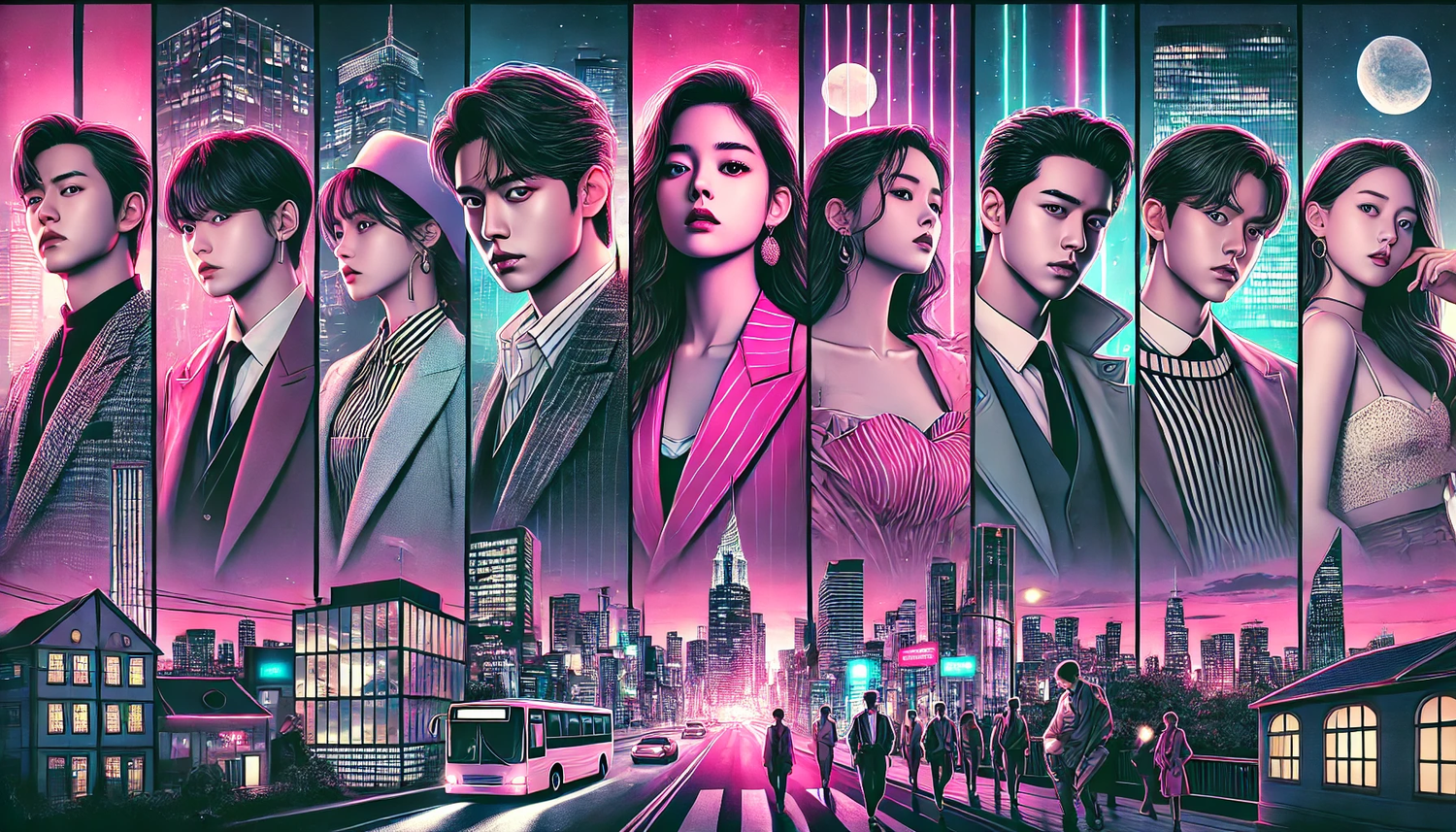Introduction: The Evolution of Storytelling on Screen
Why Miniseries Are Outshining Long-Running TV Shows. Television has seen a massive shift in the last decade. What used to be a world dominated by long-running series stretching across 8–10 seasons has slowly made room for a new storytelling format: the miniseries. These short, powerful, and tightly woven narratives are stealing the spotlight — and for good reason. From Emmy-winning dramas to binge-worthy docuseries, miniseries are not only outshining traditional TV shows but are also becoming the preferred format for creators, actors, and audiences alike. But why is this happening? Why are viewers drawn to a limited series format over long, drawn-out seasons? In this article, we’ll explore why miniseries are winning the hearts of viewers around the world, how they offer a richer storytelling experience, and why they might just be the future of television.
1. Tighter Storytelling, No Filler
One of the biggest drawbacks of long-running TV shows is filler content. Episodes that serve no purpose, side plots that drag, and characters that lose their way — all are symptoms of a show stretching its runtime beyond necessity. Miniseries, on the other hand, pack a punch in just a few episodes, typically between 4 to 10. This tight format forces creators to focus on the core plot, resulting in crisp writing, fast pacing, and emotional intensity.
Take for example Chernobyl (HBO) or The Queen’s Gambit (Netflix) — both highly acclaimed miniseries. Their limited structure ensured every scene mattered, with no room for unnecessary fluff. This keeps viewers hooked from start to finish, creating a more satisfying binge-watching experience.
2. Binge-Worthy by Design
In the age of streaming, binge-watching has become the norm. Audiences don’t want to wait week after week for closure; they want to watch the entire story unfold in one go — especially when it’s compelling. Miniseries are tailor-made for binge culture. With their short episode count, viewers can easily consume an entire series in a single weekend — or even in one night. Streaming giants like Netflix, Amazon Prime, and Disney+ have noticed this trend and continue investing in high-quality limited series that cater to this new viewing behavior.
3. High-Quality Production and Star Power
Miniseries often attract top-tier talent — both in front of and behind the camera. Why? Because actors and directors love the format. It allows them to commit to a project without being tied down for years. Unlike traditional series, which demand long-term contracts and shooting schedules, a miniseries wraps up quickly while still providing ample room for creative expression. As a result, we’re seeing big-name Hollywood stars take on roles in limited series. Nicole Kidman (Big Little Lies), Kate Winslet (Mare of Easttown), Ewan McGregor (Halston), and Benedict Cumberbatch (Patrick Melrose) are just a few examples. These performances are often award-worthy, attracting both critical and commercial success.
4. Better Story Arcs and Character Development
You might think shorter shows would mean underdeveloped characters — but the opposite is true. Because miniseries are tightly written, every moment counts. Writers are able to craft richer character arcs within a defined time frame, without the risk of storylines getting stale or dragging unnecessarily. The limited time frame also encourages stronger, more impactful storytelling choices. Viewers get full character journeys — beginning, middle, and end — without having to wait for multiple seasons. In many cases, the emotional payoff is even greater because the story remains focused and undiluted.
5. Creative Freedom for Writers and Directors
Another major advantage of miniseries is that they offer creative flexibility. Unlike network shows that have to follow strict guidelines for seasons, ratings, and episode counts, miniseries — especially on streaming platforms — allow creators to take bold risks, explore unconventional topics, and present stories that may not fit a traditional mold. Topics like addiction (Dopesick), racism (When They See Us), political scandals (Impeachment: American Crime Story), and mental health (Unorthodox) have been brilliantly portrayed in miniseries format. These shows tackle deep, real-life issues in a meaningful way — without the pressure of extending the narrative beyond its natural arc.
6. Lower Viewer Fatigue
Let’s be honest: even some of the best long-running shows lose steam after a few seasons. Either the plot gets repetitive, the characters stop evolving, or the series becomes predictable. This leads to viewer fatigue, and in many cases, people abandon the show halfway through. Miniseries solve this problem. Viewers go into it knowing there’s a set number of episodes, a complete arc, and a fulfilling conclusion. This eliminates the frustration of unresolved storylines, cliffhangers that never get resolved, or cancellations after a season or two. The result is a more satisfying viewing experience overall.
7. Critical Acclaim and Awards Recognitio
Miniseries have started dominating award shows. The Emmys now have a dedicated “Limited Series” category, and it’s become one of the most competitive fields. In recent years, series like The Night Manager, WandaVision, The White Lotus, and Olive Kitteridge have taken home prestigious awards. This recognition reflects the growing importance and quality of miniseries in today’s entertainment landscape. As audiences seek smarter, more thought-provoking content, limited series continue to deliver — and the industry is taking note.
8. Rewatchability and Long-Term Impact
Because miniseries are compact and memorable, they often have high rewatch value. Fans can return to them again and again without investing weeks of time. They also tend to spark discussions, think-pieces, and critical analysis — adding to their cultural significance. Shows like The Queen’s Gambit didn’t just entertain — they revived global interest in chess. Chernobyl reignited public interest in nuclear safety. These limited series leave a lasting cultural impact, proving that less can indeed be more.
9. Global Appeal and Accessibility
In our increasingly global media landscape, miniseries are easily localized and translated. A six-episode arc is far easier to market internationally than a ten-season epic. This makes limited series more accessible to non-English speaking audiences, helping streaming platforms expand their global reach. Additionally, the themes often explored in miniseries — justice, identity, love, power — are universal. This gives them a broader emotional resonance and helps them connect with diverse viewers across cultures.
Conclusion: A New Era of Television
Miniseries are not a trend — they’re a reflection of changing viewer habits, evolving technology, and creative innovation. They combine the depth of long-form storytelling with the accessibility of films, offering the best of both worlds. For creators, it means telling their story without compromise. For audiences, it means consuming richer, tighter, and more rewarding content.
As traditional shows struggle to keep up with the demand for fresh ideas and fast pacing, miniseries continue to thrive, proving that sometimes, less really is more. Whether it’s true crime, historical drama, psychological thrillers, or heartwarming tales — miniseries are redefining television’s golden age. And as long as creators keep delivering meaningful, focused, and emotionally powerful stories, the popularity of miniseries is only going to grow.



























